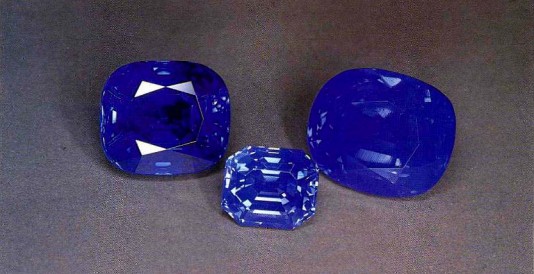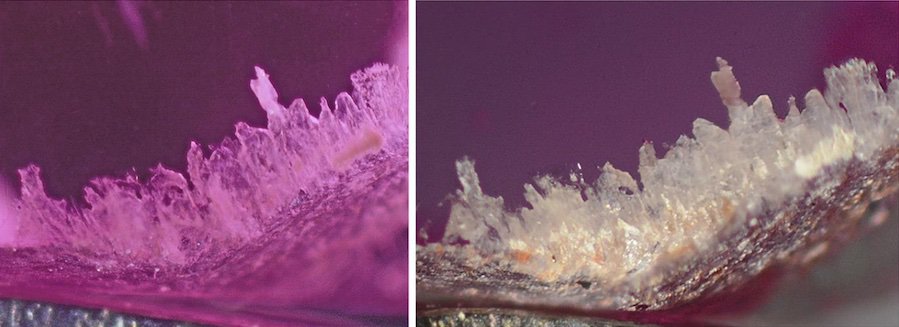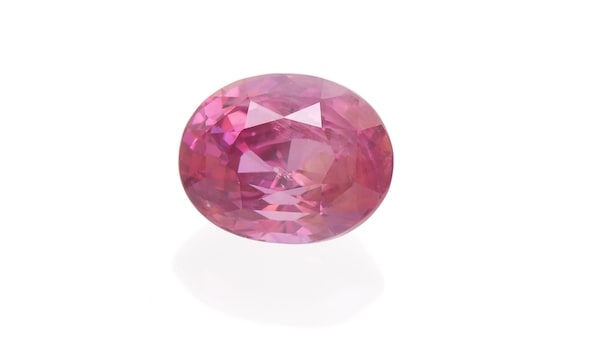
Pink sapphire with orange iron hydroxides in fissures
by Dr. M.S. Krzemnicki, first published in Facette 28 (May 2023)
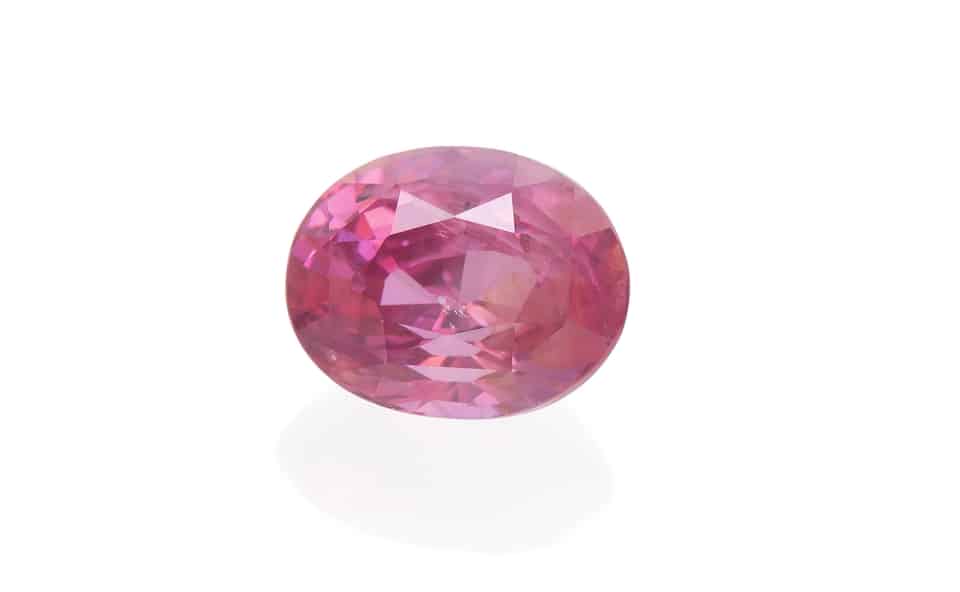
Padparadscha is one of the most attractive corundum varieties in the trade and is sought after for its subtle pinkish orange to orangey pink colour. Padparadscha, originally known from Sri Lanka only, is found today also in other deposits such as for example in Madagascar and Tanzania, both part of East Africa and actually once linked with Sri Lanka in past geological times (as part of the supercontinent “Gondwana”).
However, it is important to know that not every corundum with an orangey pink colour can be called padparadscha. A detailed description of what factors qualify or disqualify a stone from it being identified as padparadscha has been discussed and harmonised between international gemmological laboratories (LMHC). These criteria are publicly accessible on the LMHC website (LMHC information sheet 4, see www.lmhc-gemmology.org).
Last year, we received again a case, where a client expected a stone to be a padparadscha by judging just its colour (see Figure 1). Meticulous microscopic observation quickly revealed that this stone actually is a pink sapphire which gets its orangey hue only through the presence of brownish-orange ferric-hydroxide, a common natural limonitic residue. Such iron hydroxide can precipitate in fissures and cavities of gemstones when iron-enriched groundwater intrudes into these features (see Figure 2).
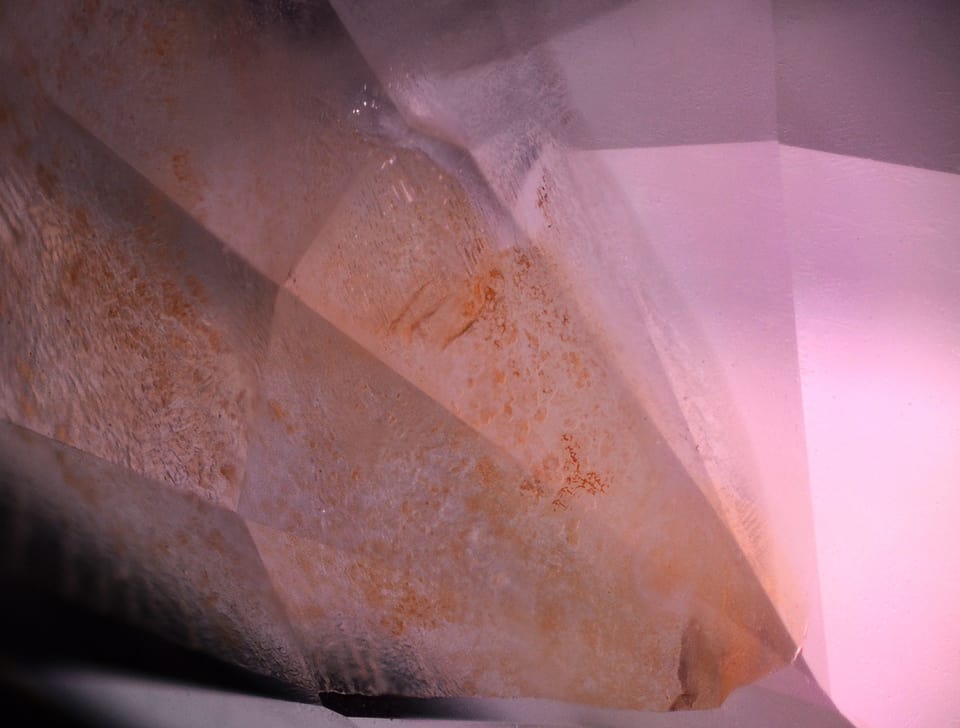
The same applies also for certain purplish-red rubies containing similar iron hydroxides in fissures. Although their colour may visually match the best “pigeon blood red” colour, they will not be given this trade colour term by SSEF, as their true colour is purplish red and out of the range to qualify for this colour term. This has been already described in 2017 in our SSEF presentation about “pigeon blood red” and “royal blue” colour terms, accessible on our SSEF website (see https://www.ssef.ch/pigeon-blood-red-royal-blue/).
To conclude, the case of the pink sapphire described in this short note reveals that an observed colour of a gemstone may have various causes and may be distinctly influenced by inclusions. As shown, this may have an impact on its identification (e.g. variety name) and as such finally on its perceived beauty and rarity.
Want to learn more about sapphires?
Start your journey to becoming a sapphire expert with our free online course “Introduction to sapphires”. Learn all about sapphires. Their fascinating history, how they form, where they come from. Learn about all the different origins of sapphires and their treatments. Take this course as an introduction to the wonderful world of sapphires.
